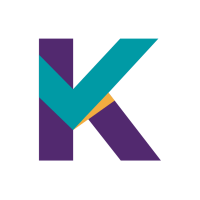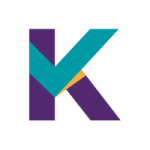Why UDI Is Europe's Latest Hot Topic
Last week’s UDIs and Traceability Conference in Brussels brought with it some excellent weather and it was a delight to experience this vibrant city in such fine conditions. However, it wasn’t just the weather that was topical. The publication of the European Medical Devices Regulation on 5th May 2017 and its impact on the industry has also been raising the temperature of the debate within some circles.
Before we get into that, we should first thank IQPC for assembling a highly relevant conference programme delivered by some of the leading industry experts in their field, including our own CEO, Neil Gleghorn. We were highly privileged to receive first hand insight from speakers spanning the regulatory, standards and device manufacturer communities including the FDA, GS1, GMDN, Teleflex, Abbott and bioMérieux to name but a few.
So what did we learn? Well, in a nutshell, it’s all about the data. The FDA for one acknowledged that not only does data have value, but structured data has increased value. It transpires that the biggest problem the FDA have experienced to date with submissions to the GUDID has been data accuracy. As UDI implementation in the US is moving closer to Class I devices an increasing number of healthcare providers are picking up inconsistencies between what’s printed on the package label and the content uploaded to the GUDID – clearly impacting compliance and traceability. Switching our focus to the European equivalent of the GUDID - The European Database for Medical Devices, (or Eudamed) we’re likely to see more of these challenges.
Firstly, the EU MDR directive introduces a new identifier not seen elsewhere: Basic UDI-DI. This is the primary identifier of a device model used for market surveillance and clinical investigations. The Basic UDI-DI needs to be assigned ahead of product registration and enable device traceability across all corporate functions, not just the supply chain. Secondly, we’re going to be seeing different drivers from different countries spanning data sets required for regulatory, traceability and commercial purposes. The UK NHS eProcurement Strategy, being one such example. Thirdly, all data for all classes of device must be submitted to Eudamed by May 26 2020. That’s a tough ask when the general industry consensus is a 3 to 5 year implementation timeframe.
So how does this impact device labelling? Despite the requirement for printing of UDIs on product and package labelling coming after the above date, we here at Kallik see little distinction between the two. Reflecting back on the FDA’s comment regarding the value of structured data it seems to make sense to apply this to attributes associated with labelling. Doing so vastly simplifies the capture, collation, approval and traceability of such content. Also, given that we’re currently waiting for clarity on the data elements required for Eudamed submission, getting started now with adopting a structured approach to managing labelling content will trigger the organisational culture changes needed to ensure readiness. In my next blog on this topic, I’ll look more at these issues and discuss how having a single source of truth for labelling content sits comfortably within an enterprise-wide data governance approach for achieving UDI compliance.




